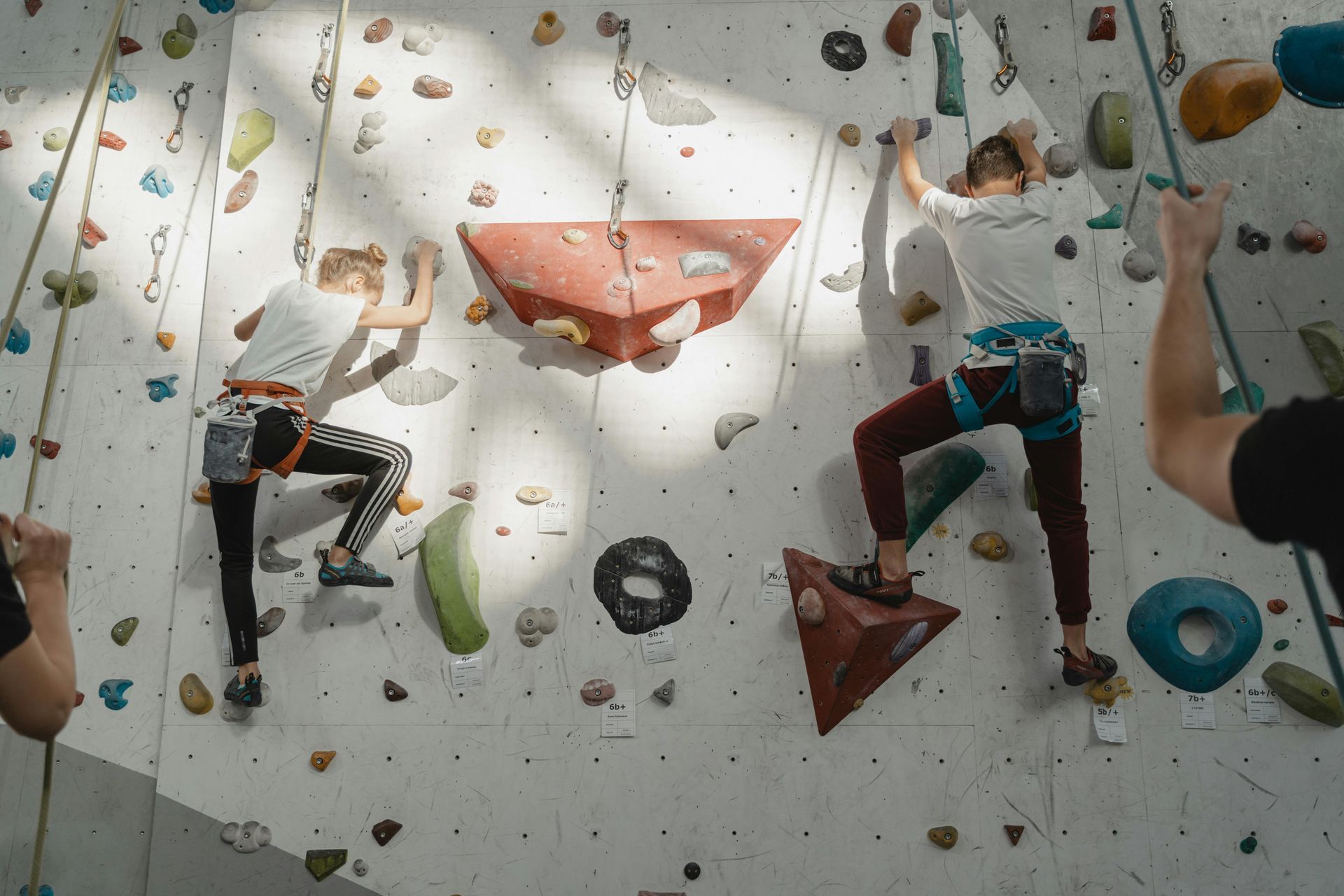The Challenges and Opportunities of the Indoor Climbing Industry
Building Communities On and Off the Wall
The indoor climbing industry has exploded in popularity in recent years, elevated by the sport’s Olympic debut and fueled by the boom of boutique fitness. But climbing gyms do not all face the same path to growth. Their role often depends heavily on geography, and the challenges and opportunities look very different for gyms based in outdoor climbing hubs compared to those in metro areas with no natural rock in sight.
Gyms in Outdoor Climbing Regions: A Community Hub for Avid Climbers
In places like Colorado, Utah, Tennessee, Washington, etc., outdoor climbing culture runs deep. Gyms in these regions serve as extensions of the outdoors and community spaces where climbers gather, train, and prepare for their next adventure.
These gyms are not just about introducing the sport. They are catering to an existing audience of dedicated climbers who view the facility as a training ground. For them, the challenge is less about building awareness of climbing and more about delivering an authentic experience, with high-quality setting, coaching, and a community vibe that reflects the local climbing culture.
Gyms in Non-Climbing Regions: Expanding the Sport
On the other hand, gyms in places without nearby cliffs or boulders face a different challenge. They often serve as the first introduction to climbing for their communities. This can feel like an uphill battle, since they are not drawing on an existing culture of climbing. Instead, they are tasked with creating that culture from scratch, showing people that climbing is not just for daredevils on cliffs, but an accessible, social, and rewarding fitness option.
Yet these gyms are also trailblazers. By bringing climbing to metro areas, suburban regions, and places where natural rock is not accessible, they have been pivotal in growing the indoor climbing industry. Without them, climbing would not have reached the mainstream recognition that put it on the Olympic stage.
Riding the Wave of Boutique Fitness
The timing could not be better. Millennials and Gen Z, who make up the majority of gym and studio members today, are driving the boutique fitness boom. They are more inclined than older generations to explore new modalities, value experiences, and seek out wellness options that blend physical, social, and mental health benefits. That is where the indoor climbing industry shines.
Climbing gyms offer:
- A boutique, specialized experience that feels different from traditional gyms.
- A social, community-driven environment where members can build connections.
- A holistic workout that challenges body and mind, something Gen Z in particular prioritizes.
With nearly 3 out of 4 Gen Z and Millennials already engaging with gyms or studios, climbing gyms have a huge opportunity to capture a slice of this market by positioning themselves as both a fitness and community destination.
Looking Ahead
Whether they are strengthening an existing outdoor climbing culture or introducing the sport to entirely new audiences, the indoor climbing industry is uniquely positioned to thrive in today’s fitness landscape. Outdoor hubs can double down on authenticity and community, while metro gyms can lean into education, inclusivity, and positioning climbing as part of the boutique fitness movement.
The future of climbing is bright, and the indoor climbing industry is holding the rope.




